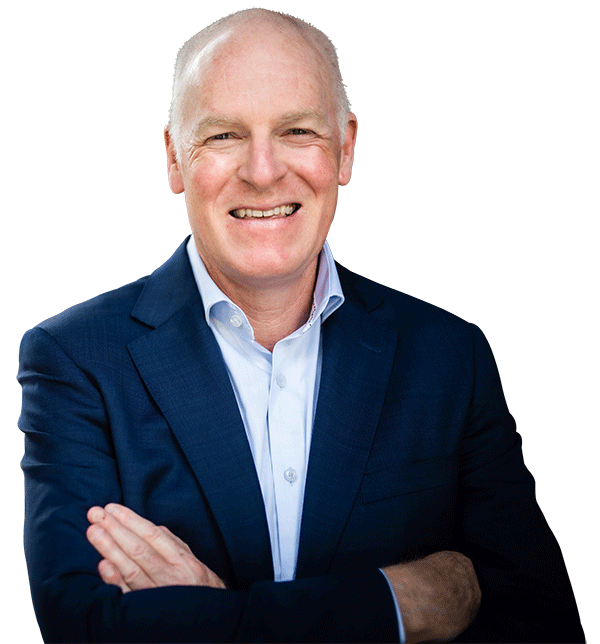Vania Diaz | Why I joined Smart WFM?
Time flies. Over the past thirteen years I have worked, travelled, adventured and studied around the world. I’ve lived in almost every continent and...
3 min read
 Jarrod McGrath
May 26, 2016
Jarrod McGrath
May 26, 2016

The first article in this series focused on defining Workforce Management. If you didn’t get a chance to read it, you can check it out here
Most definitions of WFM focus on optimising Workforce Productivity, which leads us to the next logical question, how can we really extract business value from WFM?
Before we dive into the detail, it’s important to note that this article isn’t designed to help you write a business case, define functional areas of business value or asses different technology solutions. Instead I wanted to focus on a much more interesting area, what it means to extract business value from a people perspective. Put more simply, what it means to change or transform your organisation.
Let’s look at how WFM decisions play out at different people levels within an organisation:
Executive Management
Typically executive managers have a shareholder mandate to maximise revenue, minimise cost and use their available talent wisely, with a focus on quality and the environment. At the senior management level, reference to a business case is usually the easiest way to show the direct benefits from implementing WFM into an organisation. Senior managers approve the business case, release the funds and empower a project team to deliver a defined set of benefits.
Operational Management
The buck then passes to an operational manager, whose job it is to define the detailed requirements to deliver on the business case. Benefits accrue if the operational manager can effectively manage their talent to achieve productivity improvements, across common process and functions. This should hopefully result in improved employee satisfaction, through better staff engagement, stemming from optimised processes and functions.
Operational Staff
At an employee level, WFM means understanding the reasons for change, adopting the new processes and functions and gaining greater visibility and flexibility in one’s working life.
IT SOUNDS SIMPLE BUT IN REALITY IS RARELY WORK LIKE THIS
From my experience, the misalignment can often occur at the Executive Management layer. The management team tend to focus on the benefits contained in the business case and release the funds to move forward. At this point the Executive can often believe their job is done, aside from the occasional appearance at a Steer Comm.
This is why I talk about Change vs Transformation. Let’s unpack this statement by use of a quick example.
The Design Phase of an implementation is underway. A team of consultants create the design of the WFM solution, to address some specific time management objectives, identified in the business case.
In this example, the Operational Manager doesn’t understand why they have been invited to a workshop for time management as in the past, administrators and payroll people have always made decisions on time and payment.
The business case benefits in this example, stem from the standardisation of the time and award interpretation across different geographies, coupled with the implementation of standard process and functions for the operational manager, to manage their staff.
What you generally find at this point in the design is that the interpretation has been done the same way for years and is not strictly in line with the award. Additionally there are new functions such as ‘rounding’ that the WFM system apply, but which also raise more questions for the operational manager. The consultants are looking for firm decisions for questions such as:
Often at this point the decision maker becomes unclear and the project team are unable to agree and / or make a decision. Is it the Operational manager, HR, Payroll, IR or Finance who should make the call?
These questions generally get highlighted as risks, then become issues and often escalate to the steering committee. At the steering committee the Executive Sponsor allows current practice to remain in place, as it is the path of least resistance and easier than untangling the misalignment between the Executive, Operational Management and Operational Staff.
I think you can already see the project is in a confused state, and the likelihood of deriving the business benefit has lessened. The only things that will change in this example is the manner in which times are collected and submitted to the WFM system. Administrators will continue to approve times on behalf of managers, rounding will continue to be completed on a discretionary basis and operational managers will continue to manage the way they have been taught for years. The project has now become a change management exercise and is misaligned to the defined business benefit.
SO THE MESSAGE HERE…
The executive need to realise that once you commit to deliver improvements via WFM, your organisation is embarking on a transformation program. Cascading KPI’s must be defined to ensure the overall business benefit is achieved, ideally via changes to job roles, measures and incentives. The executive need to be continuously involved in the implementation. This will help ensure the benefits cascade to the operational manager and staff, who will in turn better understand the benefits being delivered.
To deliver true transformation is not easy and should not be underestimated. To do so, you must first answer the question “Are we embarking on a change or a transformation program” because the commitment, effort and benefits vary greatly from one to the other.
I’m passionate about WFM and building the profile of the WFM professional in the market. If you have any questions related to this article or would like to suggest topics for future articles please drop me a line.
First Published on Linkedin, May 26, 2016

Time flies. Over the past thirteen years I have worked, travelled, adventured and studied around the world. I’ve lived in almost every continent and...

Key appointment follows two years’ consecutive 100% expansion as HCM consultancy continues expansion in Australia, Asia and US Sydney, February 15,...